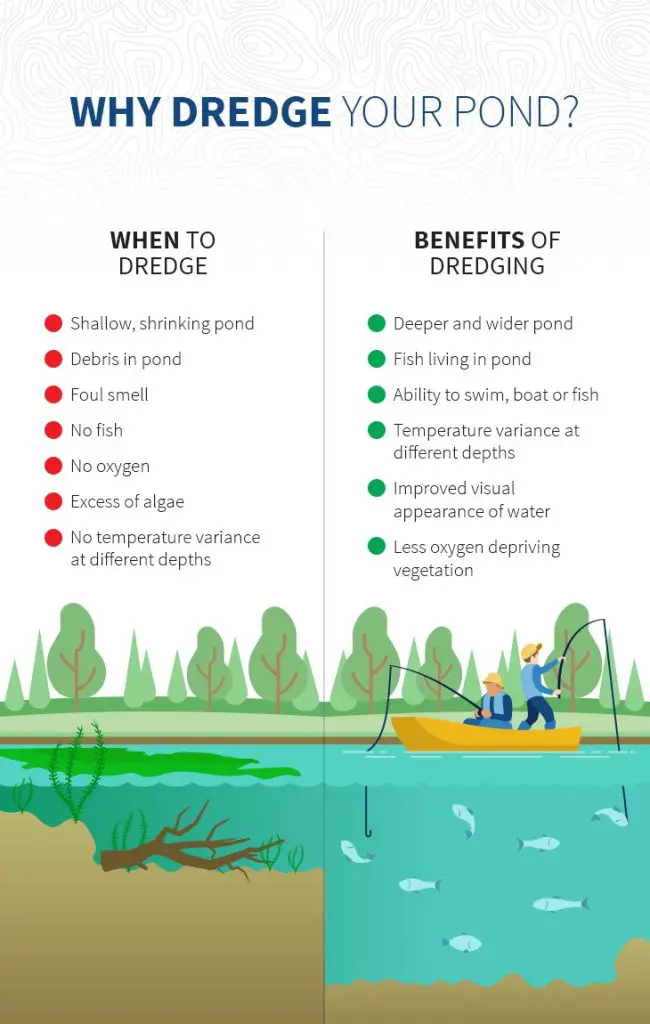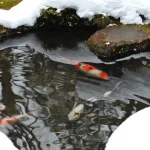Dredging a pond can be a daunting task, but with the right knowledge and tools, it can be done effectively and efficiently. Whether you want to improve water quality, increase water depth, or remove sediment buildup, dredging is essential for maintaining a healthy pond ecosystem. In this guide, we will walk you through the steps to dredge a pond yourself.
1. Assess the Pond
Before you begin dredging, it is crucial to assess the condition of your pond. Determine the depth of sediment buildup, the type of sediment present, and any potential obstacles that may affect the dredging process. This information will help you plan the dredging process effectively.

Credit: commons.wikimedia.org
2. Obtain the Necessary Permits
Depending on your location, you may need permits to dredge a pond. Contact your local environmental agency to inquire about the necessary permits and regulations. It is essential to comply with all legal requirements before starting the dredging process.

Credit: shorerestore.net
3. Choose the Right Equipment
There are various types of equipment available for pond dredging, including dredges, excavators, and pumps. Select the appropriate equipment based on the size of your pond, the depth of sediment, and your budget. Renting or purchasing the right equipment is essential for a successful dredging project.
4. Drain the Pond
Before dredging, it is necessary to drain the pond to expose the sediment at the bottom. Use a pump to remove the water from the pond slowly. Ensure that the water is discharged properly to prevent any environmental damage.
5. Remove Debris
Once the pond is drained, remove any debris such as rocks, branches, and vegetation from the bottom. Clearing the debris will make the dredging process more efficient and prevent damage to the equipment.
6. Begin Dredging
Start the dredging process by using the selected equipment to remove the sediment from the bottom of the pond. Work methodically, moving the equipment in a systematic pattern to ensure thorough dredging. Monitor the progress regularly to adjust the dredging process as needed.
7. Dispose of the Sediment
As you dredge, the sediment will accumulate. Dispose of the sediment properly to prevent it from re-entering the pond. You can use a sediment trap or filter to contain the sediment or transport it to an approved disposal site.
8. Refill the Pond
Once the dredging is complete and the sediment has been disposed of, refill the pond with fresh water. Monitor the water level to ensure it reaches the desired depth. Consider adding beneficial bacteria or aquatic plants to help restore the pond ecosystem.
9. Maintain the Pond
After dredging, it is essential to maintain the pond regularly to prevent sediment buildup. Implement erosion control measures, such as buffer zones and sediment traps, to minimize sediment runoff into the pond. Regularly monitor water quality and address any issues promptly.
10. Conclusion
Dredging a pond yourself can be a rewarding experience that improves the health and aesthetics of your pond. By following these steps and investing time and effort into the dredging process, you can achieve a clean and vibrant pond ecosystem. Remember to prioritize safety and environmental sustainability throughout the dredging project.





